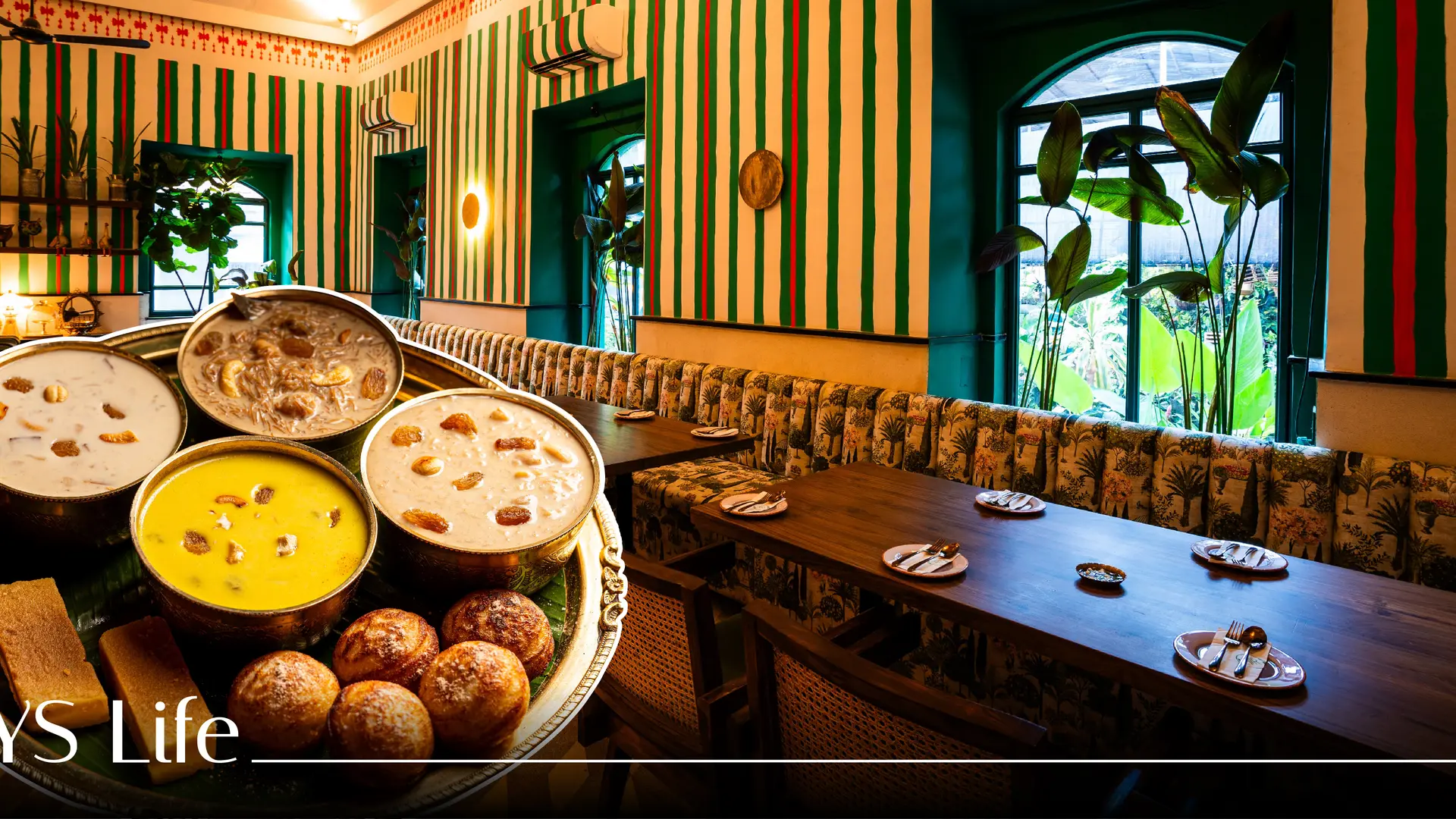From human meatballs to human skin veils: Sayaka Murata’s Life Ceremony forces you to question your reality
Translated into English from Japanese by Ginny Tapley Takemori, ‘Life Ceremony’ is a collection of twelve bizarre, evocative, and slightly crazy short stories that test the boundaries of what’s acceptable.
[Trigger warning: Death, sex, blood and gore description]
“I mean, normal is a type of madness, isn’t it? I think it’s just that the only madness society allows is called normal."
Most human beings today come with some sort of manual for socially appetising conduct—but what if some of those pages were different? That is the premise of Japanese author Sayaka Murata’s book, ‘Life Ceremony’.
In her book, which spans 12 short stories, Murata poses a quintessential question: what makes us human?
Published in 2022, ’Life Ceremony’ pushes the boundaries of what family, identity, food, culture, love and sex mean. Murata turns ‘traditions’, the concept of being ‘normal’ and what’s ‘acceptable’ — on its head, and examines how intrinsic morals and beliefs stand against the test of time, especially when social pressures change your reality.
Reading ‘Life Ceremony’ almost feels voyeuristic — like you’re experiencing something that isn’t permitted. In the first story, a soon-to-be-married couple disagrees over premium lifestyle items, including home decor, clothing, jewellery, and furniture, made from human remains.

They inhabit a future, or perhaps a past—Murata is never clear about timelines—where rings made from human teeth, sweaters from human hair, chandeliers from human nails, and furniture with human tibia and ribcages, are considered “in fashion”, luxurious, and almost noble.
After all, why would you waste the human body? And why is it more normal to wear clothing made from another animal’s fur, when a sweater made of human hair is more natural?
“He was such a gentle person, and I still couldn’t believe he could be so harsh and cruel as to say that we should discard the entire body even though so much could be reused.”
The to-be husband, ironically enough the outlier because of his reservations against using human remains, changes his mind when his new bride is gifted a beautiful luminous veil made of his father’s skin.
The stomach-churning concept of using dead human bodies continues in ‘Life Ceremony’—another eponymous short story—where funerals are celebrated by consuming remnants of the dead in a miso soup.
The human flesh-averse protagonist, named Maho, finds herself examining her values when it comes to eating the dead — not a norm 30 years ago when she was growing up.
But the death of a very close friend and manager—her comfort, in a lot of ways—forces her to partake in the now-normal tradition of eating a dead loved one’s remains.
Maho’s dead friend leaves behind pages and pages of recipes, which detail how he would like to be cooked. He doesn’t want to be just plain miso soup; he wants to be stir-fried with cashew nuts; he wants to be meatballs. He wants to be distributed as energy to human beings still alive, so they may partake in the ritual of ‘insemination’, and thus use his life form to bring in new life forms.
Among several other characters, we also meet a sentient curtain, who becomes the object of a girl’s fantasy and love; two friends—one promiscuous, the other virginal—who eat a fruit that tastes like a boy’s tongue; a little girl who moves to a country where people don’t know what sleep is; a woman who feels like a concrete building, cold, grey, and hollow inside, but is fascinated by human fluids like vomit and viscera, and two girls who look after an intriguing, mysterious pet.
Throughout the book, Murata provokes you to question your understanding of the human condition and traditions. Her characters line up perfectly with the dystopia they’re set in, and even when they do question their own realities—such as the to-be groom in the story about human shinbone chairs, or the protagonist initially averse to consuming human flesh but gladly eats her dead friend later—they eventually explain themselves out of their own imminent moral conundrums.
Of course, as with any of Murata’s books, her most notable being ‘Convenience Store Woman’ (another must-read!), the characters have a familiar comfort to them that far outweighs their moral turpitude.

Review: Mani Ratnam’s Ponniyin Selvan I is an unapologetic adaptation of Kalki’s epic
The lines between what’s acceptable and what’s outright wrong, especially in the context of the times we live in today, are blurred. What’s acceptable in the world Murata creates is not likely to fly in the world we live in, but the brilliance of Murata’s storytelling is in the way she makes those aberrations normal, and matter-of-fact.
‘Life Ceremony’ also invites you to wonder if your morals change as you turn older.
“It’s just that 30 years ago, a completely different sense of values was the norm, and I just can’t keep up with the changes. I kind of feel like I’ve been betrayed by the world.”
Some of the stories end abruptly, and it feels like they didn’t get the ending they deserved. Perhaps, that is the intention. You don’t need elaborate plots to understand that what Murata wants is for your to question your own reality, your aversions and likings, and what’s normal.
Her macabre stories are full of symbolism and intrigue, with much to chew on when you put the book down, although, I do wish the characters were more fleshed out so you could, as a reader, have more stake in the resolution of the conflicts.
The stories about sex are somewhat lacking and don’t invite deliberation as much as the ones around food do. The writing, however, is beguiling in a very matter-of-fact way— you don’t feel like you’re reading something out of the ordinary.
The text doesn’t make you feel “HEY, THIS IS WEIRD AND NEW”. Some of the prose might’ve gotten lost in translation, but Ginny Tapley Takemori, who translated other books by Murata, is lauded for her ability to retain the magic in Murata’s words.
You come away from Life Ceremony slightly nauseous because of the “men (and the bones from their dead bodies) make better soup stock” dialogues, but mostly just bewildered and curious about how we take our realities for granted. A definite must-read, Life Ceremony is easy to consume in short bursts or as a whole.
5 stars for this one!
Edited by Suman Singh







